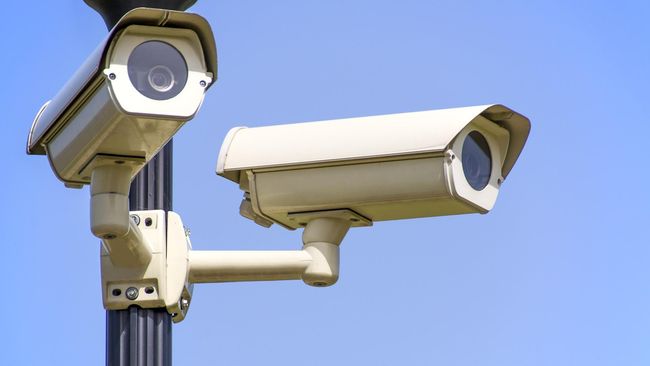CCTV Installation
Wiki Article
CCTV Installation
Setting up CCTV cameras requires thorough arranging and execution to make certain optimal coverage and features. Here is a move-by-stage tutorial for CCTV installation:
1. Evaluation and Scheduling:

Web page Study: Perform a thorough website survey to recognize essential parts that have to have surveillance. Think about factors like entry and exit points, high-danger locations, and blind spots.
Camera Placement: Ascertain the best spots for digicam set up to protect the recognized places efficiently.
2. Camera Choice:
Choose Appropriate Cameras: Find cameras dependant on the precise demands of every place. Dome cameras are well suited for indoor Areas, although bullet cameras are much better for out of doors surveillance.
Take into consideration Capabilities: Decide on cameras with attributes for example night eyesight, motion detection, and higher-resolution capabilities based on your prerequisites.
3. Equipment Procurement:
Obtain Quality Machines: Put money into high-excellent hik vision nvr ajman, cables, connectors, a Electronic Online video Recorder (DVR) or Network Video clip Recorder (NVR), and any additional components necessary with the installation.
four. Installation Tools:
Collect Important Tools: Ensure you have the many resources needed for installation, which includes drills, screwdrivers, cable testers, crimping instruments, and a ladder.
5. Cabling and Wiring:
Prepare Cable Routes: Strategically approach the routes for the cables in order to avoid visibility and probable damage.
Use Top quality Cables: Use substantial-excellent cables, and think about using conduits for added protection, especially for outdoor installations.
six. Digicam Mounting:
Protected Mounting: Mount cameras securely on partitions or ceilings applying appropriate brackets and screws.
Make sure Balance: Make certain that the cameras are steady and positioned at the right angles for ideal coverage.
7. Connectivity:
Link Cameras to DVR/NVR: Use the supplied cables to connect the cameras towards the DVR or NVR.
Check Connectivity: Make sure correct connectivity and check Each and every camera to confirm that it's performing the right way.
eight. Electricity Provide:
Supply Electrical power: Connect the cameras to the secure power source. Think about using a centralized electrical power distribution box for several cameras.
Think about Backup Power: Put in a backup electricity supply, for instance a UPS, to guarantee constant surveillance throughout ability outages.
nine. Configuration:
Configure Configurations: Put in place the cameras and DVR/NVR settings, which include resolution, recording mode, motion detection, and e-mail alerts.
Network Configuration: If relevant, configure the community options for distant entry and checking.
ten. Testing:
Take a look at the Procedure: Conduct complete tests of the entire CCTV method. Check for good digicam features, recording, playback, and distant access.
Change as Needed: Make adjustments to digital camera angles or settings based on the test results.
eleven. Documentation and Teaching:
Documentation: Develop documentation detailing the installation, digicam locations, and technique configurations.
Person Teaching: Teach conclusion-people or workers accountable for checking and controlling the CCTV system.
twelve. Compliance and Lawful Considerations:
Check Regional Restrictions: Make sure that the installation complies with neighborhood privacy and surveillance rules.
Put in Warning Signals: Location visible indicators to inform folks that they're less than surveillance.
thirteen. Frequent Maintenance:
Routine Maintenance surveillance video recorder dubai Checks: Establish a plan for normal routine maintenance, including cleaning cameras, examining connections, and updating firmware.
fourteen. Qualified Guidance:
Take into consideration Experienced Installers: Should the set up looks sophisticated or should you lack the mandatory know-how, look at choosing Skilled CCTV installers.
Keep in mind, proper set up is critical for your effectiveness within your CCTV technique. If in doubt, request Specialist help to ensure that your procedure fulfills stability and privacy standards.